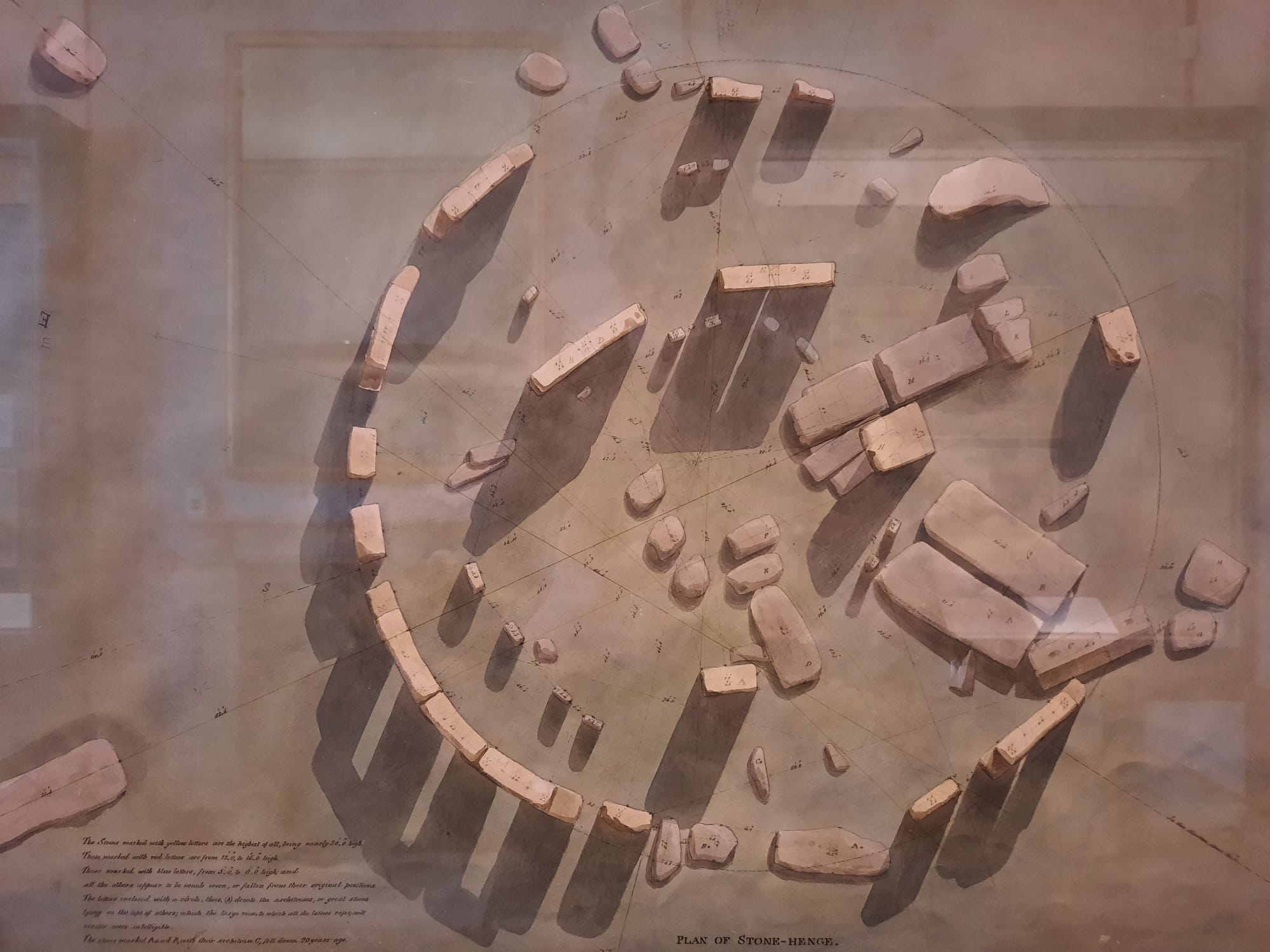Hidden Masterpieces – Sir John Soane’s Museum, London
A review of Hidden Masterpieces, an exhibition at Sir John Soane’s Museum which gives visitors a glimpse into Soane’s own collection of architectural drawings.

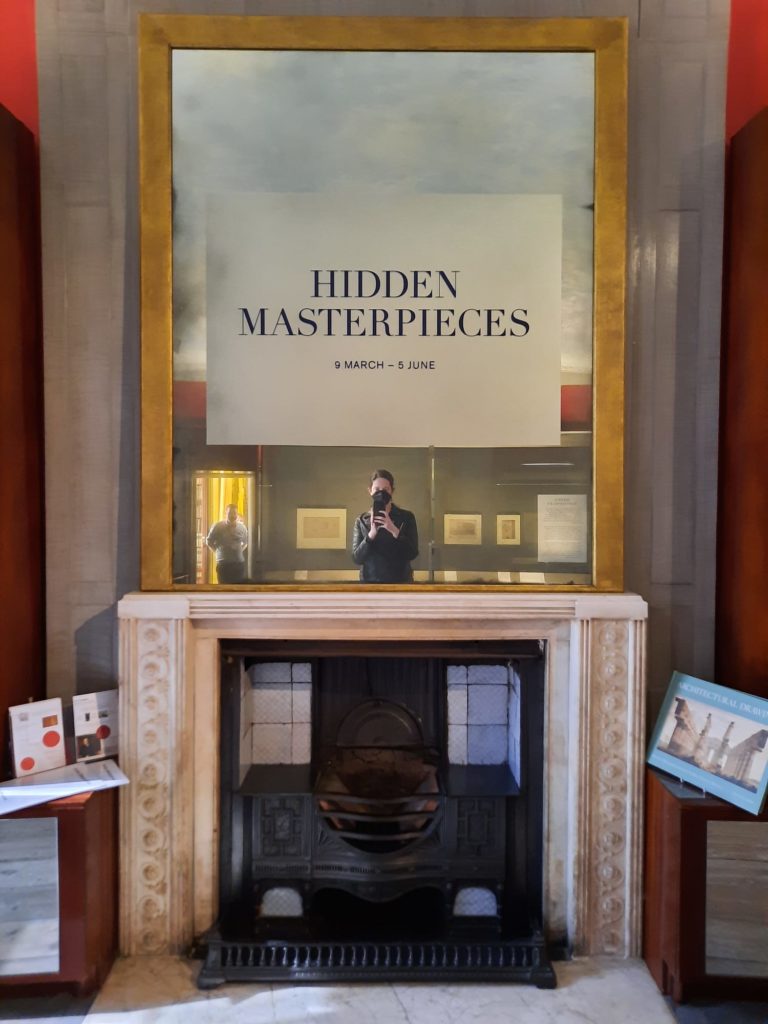
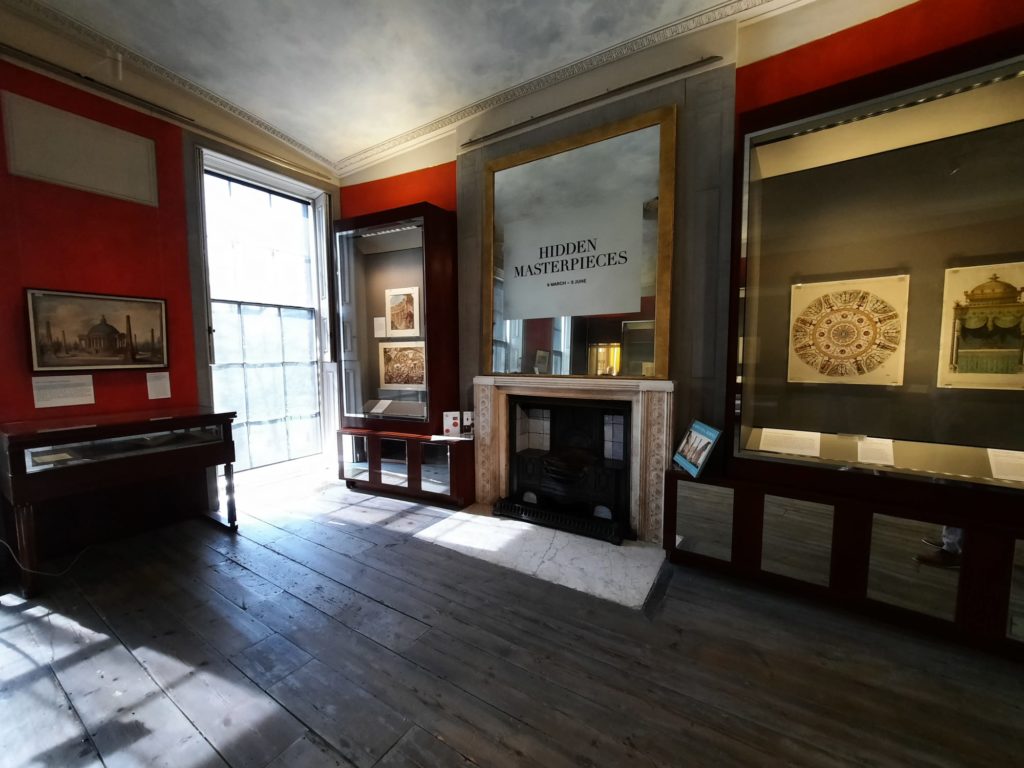
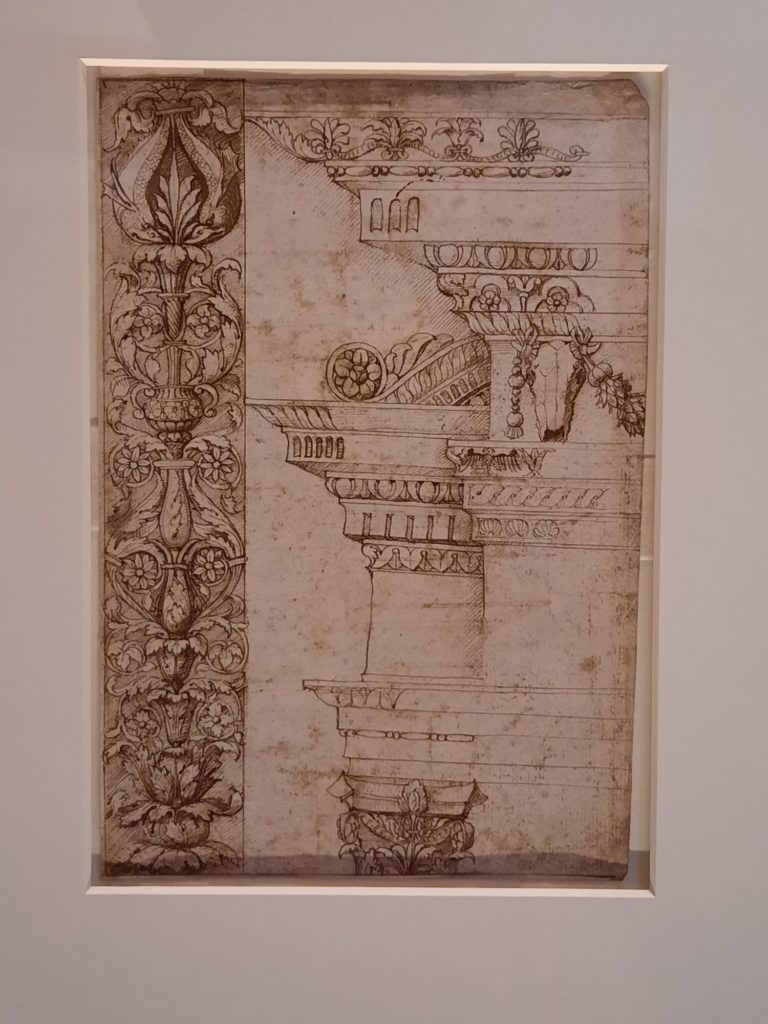
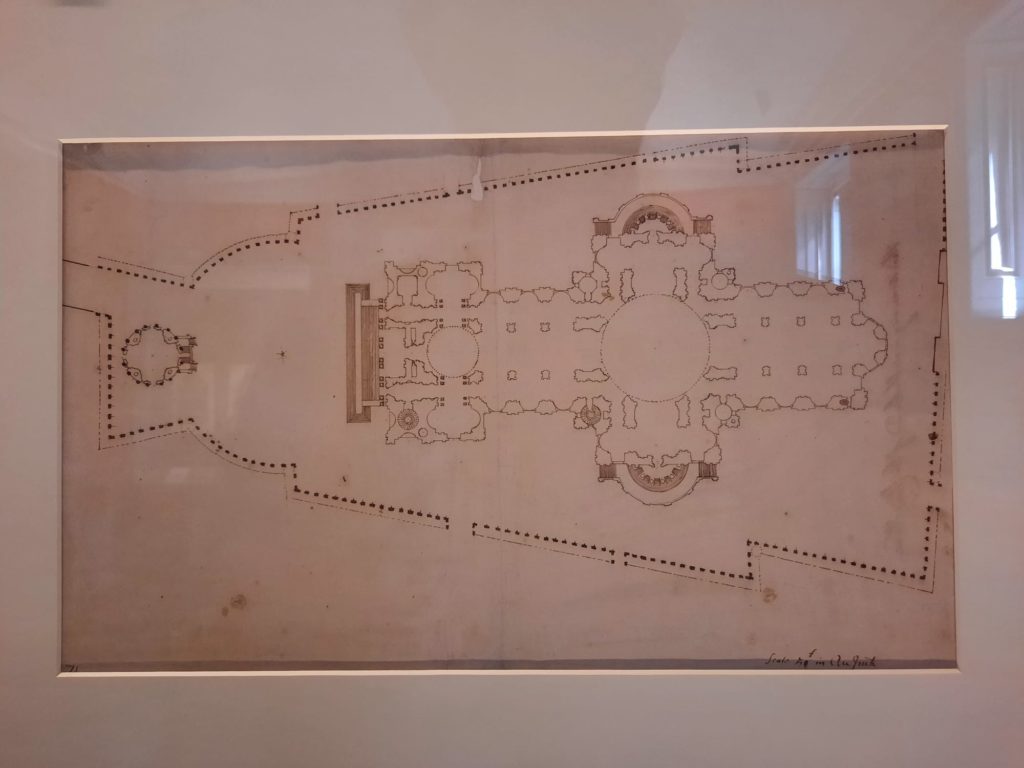
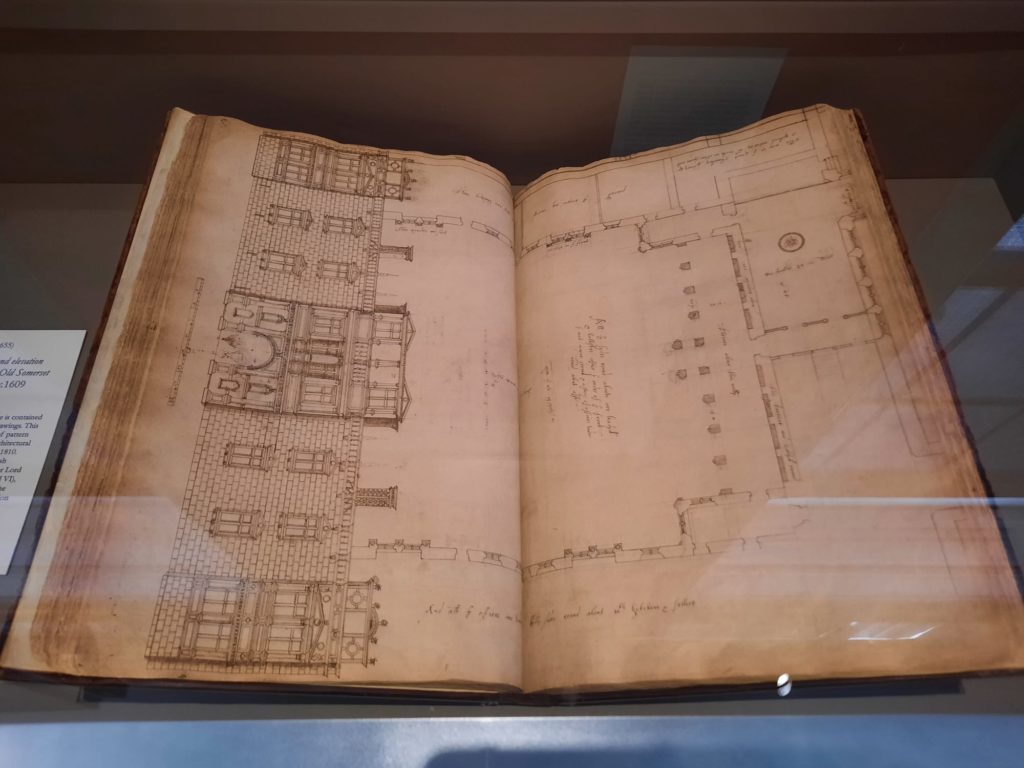
Hidden Masterpieces
This isn’t my first visit to Sir John Soane’s Museum so just in case you are an avid reader I won’t bore you with all the background again (but new readers can find it here and here). What you need to know in a nutshell is that Sir John Soane was an influential architect of the 18th-19th Centuries. He specialised in the Neo-Classical style. You can still see or visit a number of his buildings today, including Pitzhanger Manor in Ealing, and the exterior of the Bank of England (complete with a pseudo-temple which we saw here).
As well as taking on important commissions, Soane was also a teacher of architecture. In fact, he was Professor of Architecture at the Royal Academy. Part of his collection of architectural drawings relates directly to this pedagogical activity. But Soane was also a collector (boy was he ever – see below for his interior design aesthetic). So his collection of drawings went beyond what he required, to include things from important works by early architects to illuminated manuscripts depicting medieval construction processes.
Drawings and watercolours are of course very fragile. They aren’t the type of objects you can have permanently on display. The light will quickly fade the colours and degrade the paper. So for Sir John Soane’s Museum, there is clearly a dilemma between wanting to share this wonderful collection and wanting to protect it. In their current exhibition Hidden Masterpieces, they have found a way to balance these interests. The small exhibition space showcases a crème de la crème of the collection (just 0.1% of Soane’s 30,000+ drawings have made the cut), and makes it clear that this is a ‘once in a lifetime’ opportunity. Does that sound like something the Salterton Arts Review would miss? Not likely! Let’s take a closer look then at these hidden masterpieces.
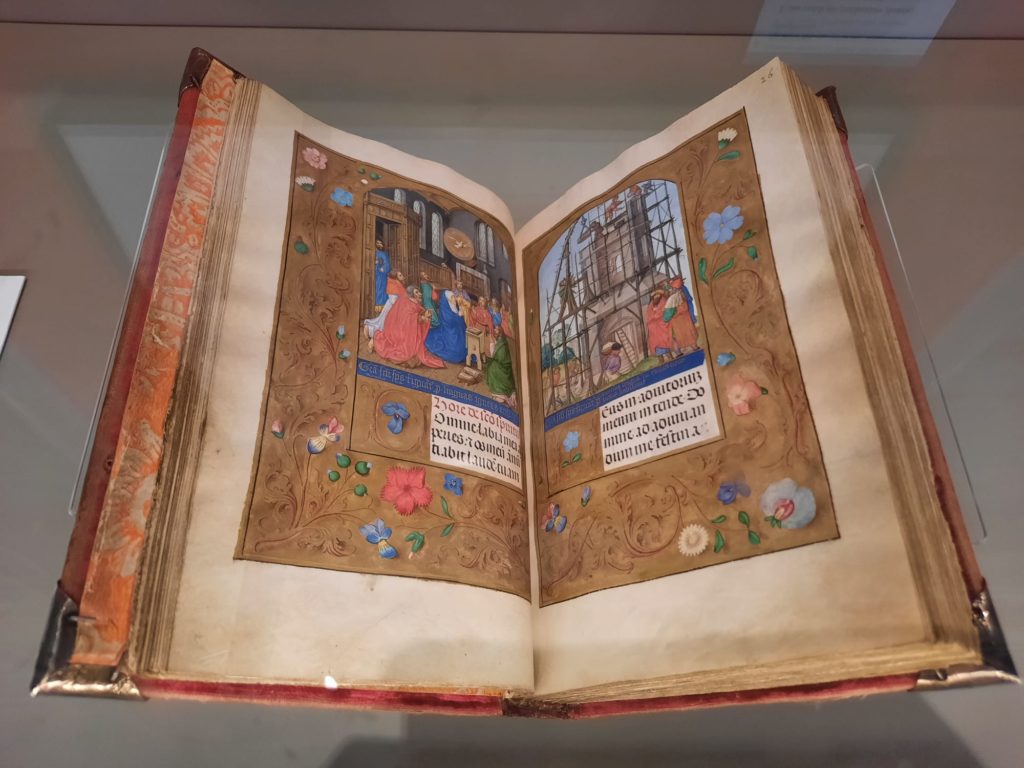
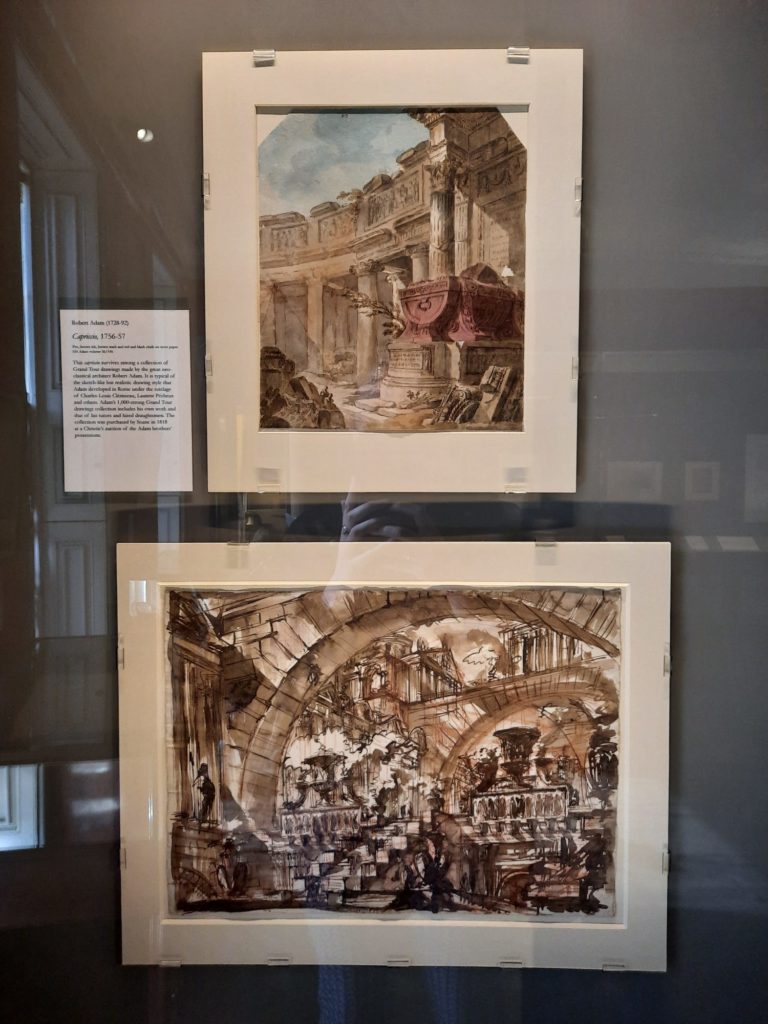
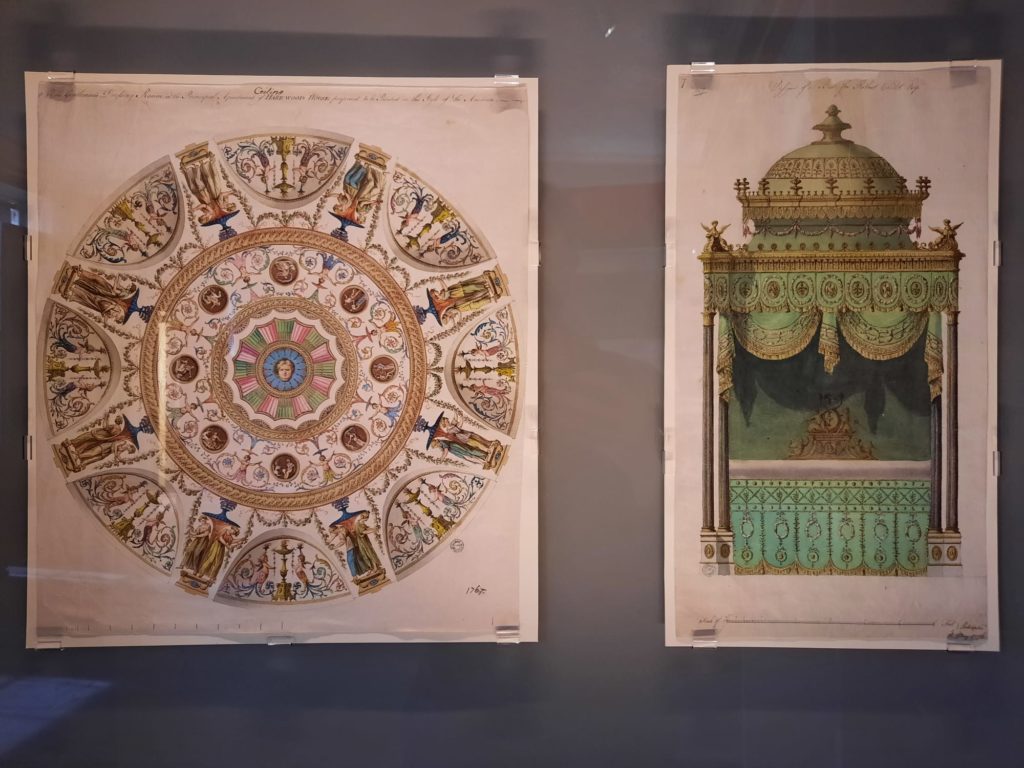
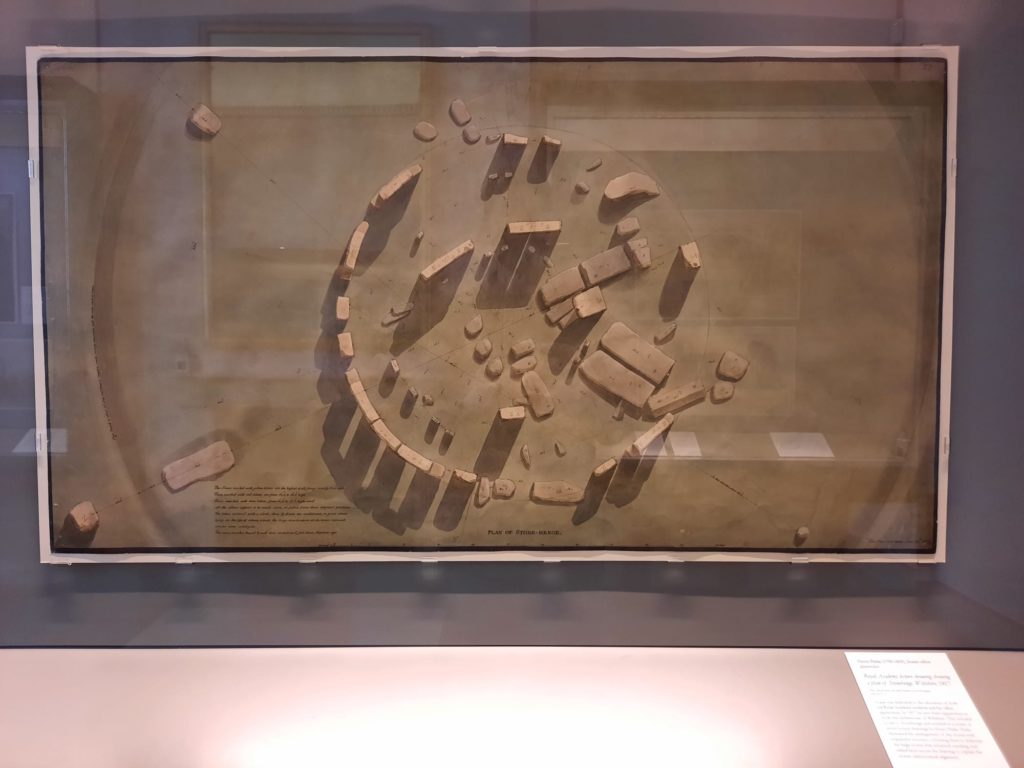
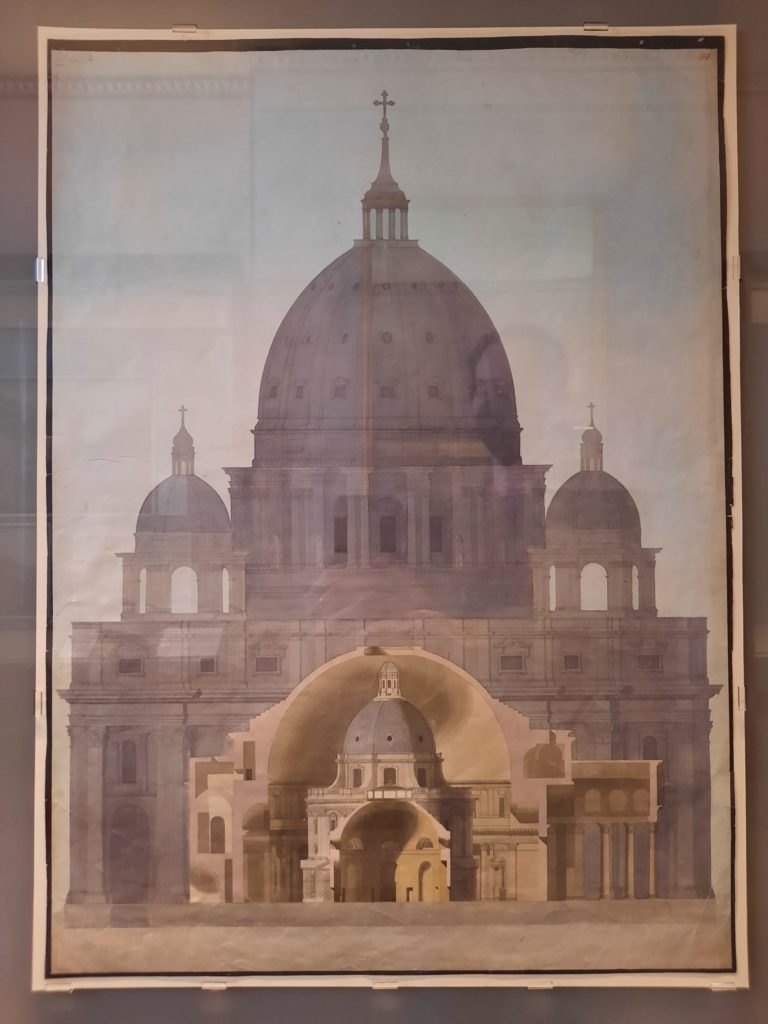
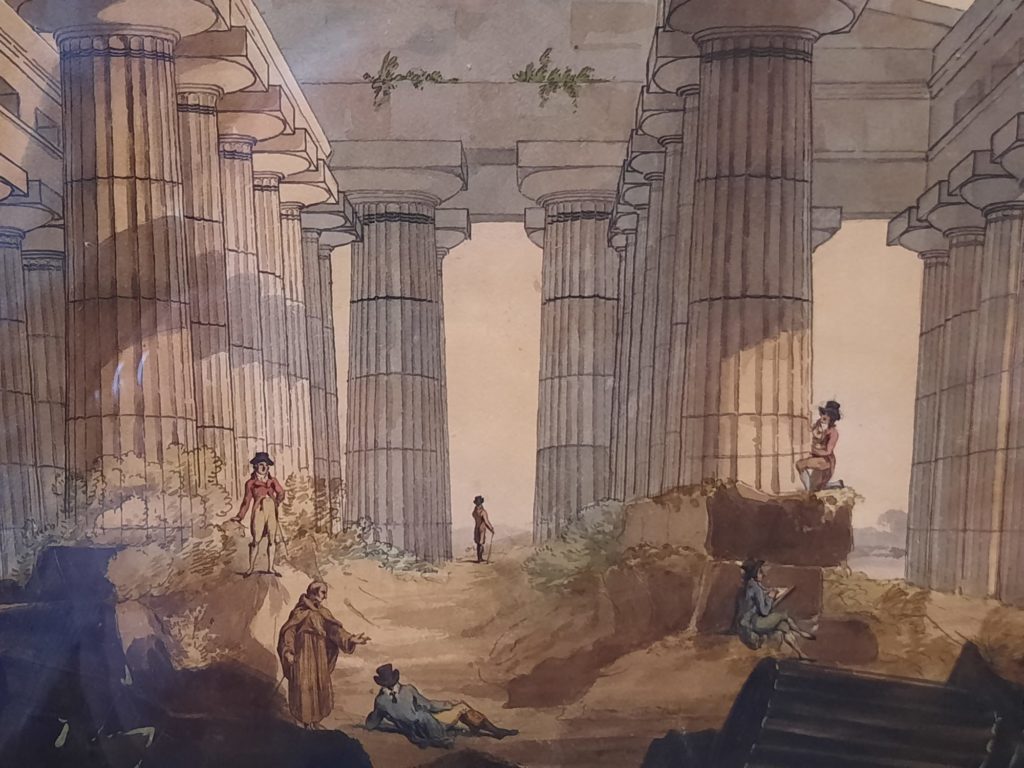
What’s On View in Hidden Masterpieces?
Hidden Masterpieces contains a good overview of the different types of drawings in Sir John Soane’s collection. This seems as good a way as any to introduce you to the exhibition and the collection in one fell swoop. So without further ado:
Important Drawings from the History of Architecture
Soane (perhaps particularly as a Neo-Classicist?) clearly studied the work of past architects with great care. Within this grouping there are important Italian Renaissance and English Baroque drawings. I particularly liked a highly decorated sheet by the Master of Mantegna (see above) and a plan by Hawksmoor of St Paul’s Cathedral (likewise).
Drawings by Robert Adam
There is an interesting story contained within Hidden Masterpieces. You may have heard the name Adams in terms of architecture. Robert Adams in particular was influential in pioneering an 18th Century classical revival. However, an unfortunate failed town planning project strained finances, and meant that after Robert’s death his brother William declared bankruptcy and tried to sell Robert’s drawings to recoup some money. Only the Adams style was out of fashion by this point, and there were no buyers. Can you guess who came along in 1833 and offered £200 for the lot? Yes that’s right, it was Sir John Soane. And that is the story of how over 80% of surviving Adams drawings now reside in this collection.
Architectural Ephemera
This is my own grouping rather than one you will see in Hidden Masterpieces. But there were some very interesting odds and ends on view with a tangential connection to architecture and construction. One I have alluded to already, which is an illuminated manuscript showing the construction of the Tower of Babel. Another was even more tangential – a volume of Indian works opened to the page with a portrait of Mumtaz Mahal. What’s that got to do with architecture, you ask? She was only the favourite wife of Shah Jahan and the catalyst for the building of the Taj Mahal.
Soane’s Own Drawings
Here I don’t necessarily mean drawings by his own hand. There are some fascinating drawings related directly to Soane which fall into two categories. Firstly there are ones undertaken for his Royal Academy lectures. Due to the Napoleonic Wars, it was a lot more difficult to undertake a Grand Tour. So Soane could not assume his young students had seen all the great architectural sights, and instead used wonderful drawings as aids in his lectures. I absolutely loved the one of Stonehenge in particular. There are also Soane office drawings on display. Soane was unusual in having drawings made of buildings under construction, as a resource to teach apprentices about construction processes.
So as you can tell, there is plenty of variety despite the exhibition only covering 0.1% of the collection. It’s reasonably niche, but recommended for those with an interest in history or architecture (or the history of architecture).
Salterton Arts Review’s rating: 3.5/5
Hidden Masterpieces on until 5 June 2022
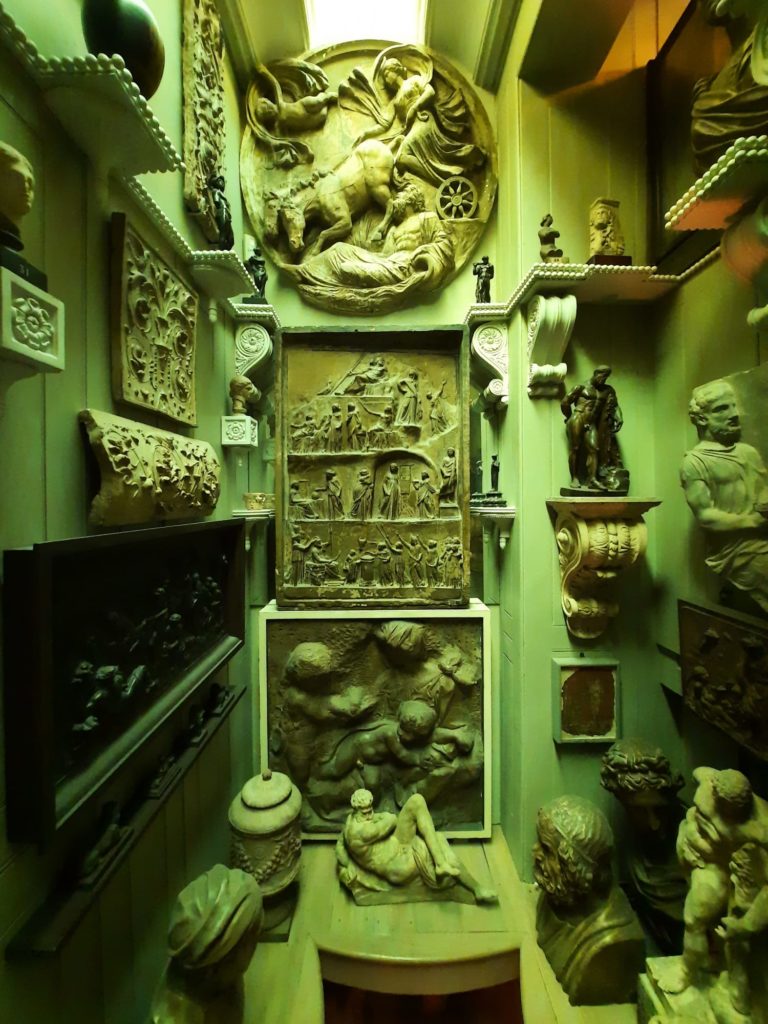
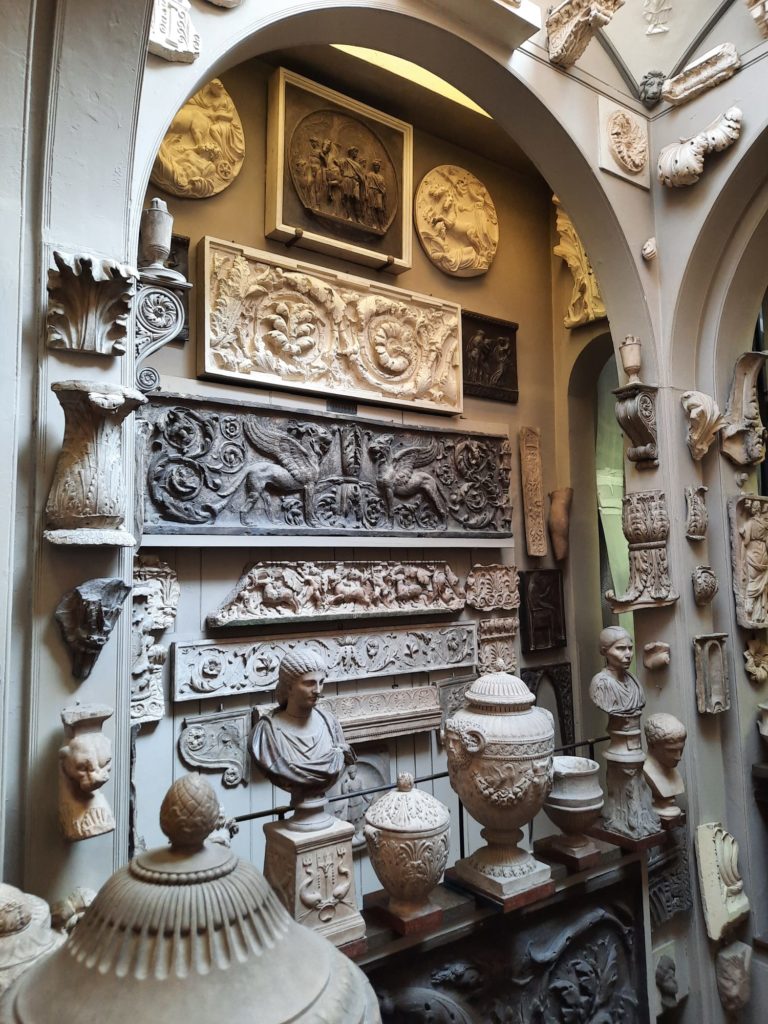

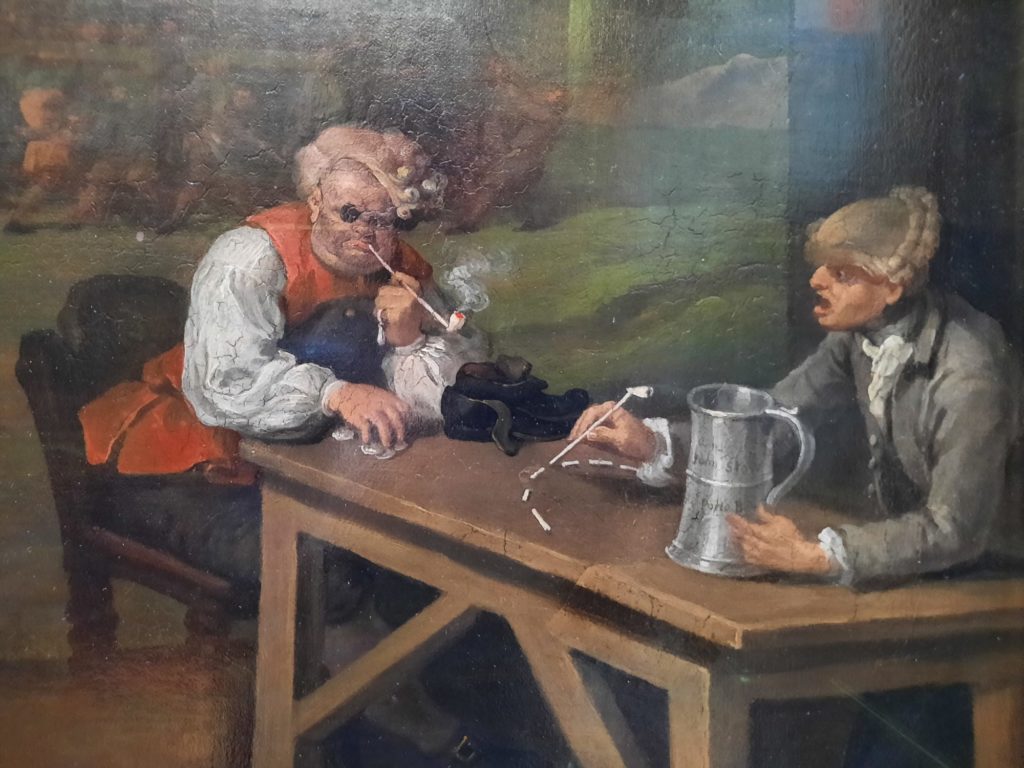
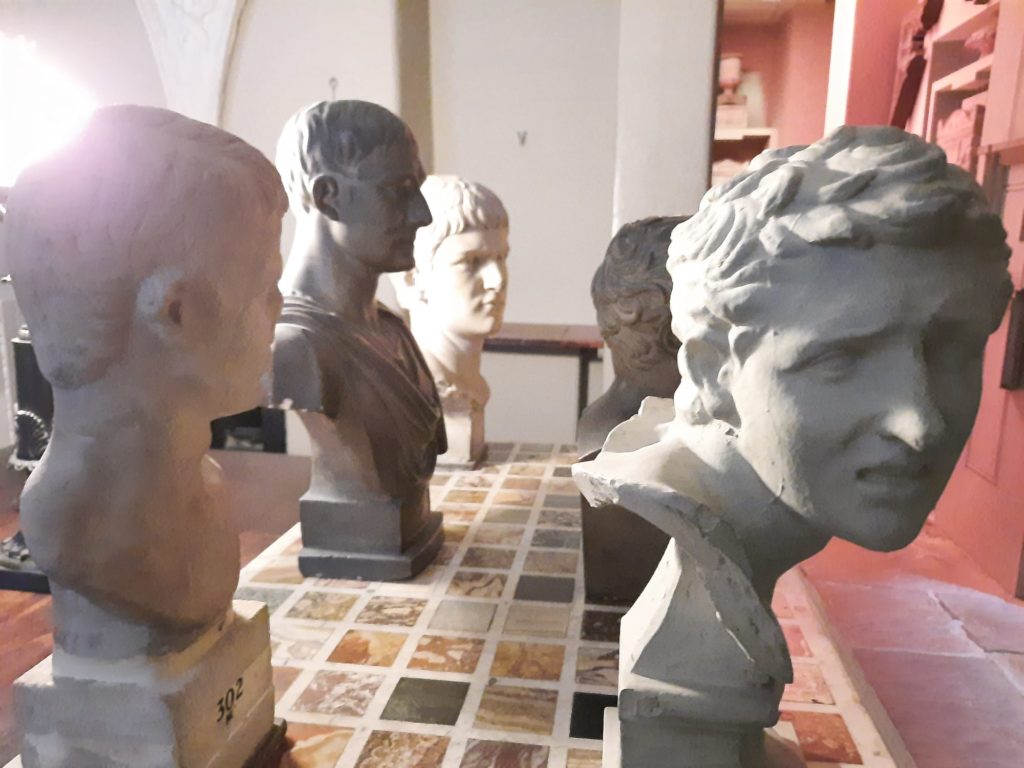
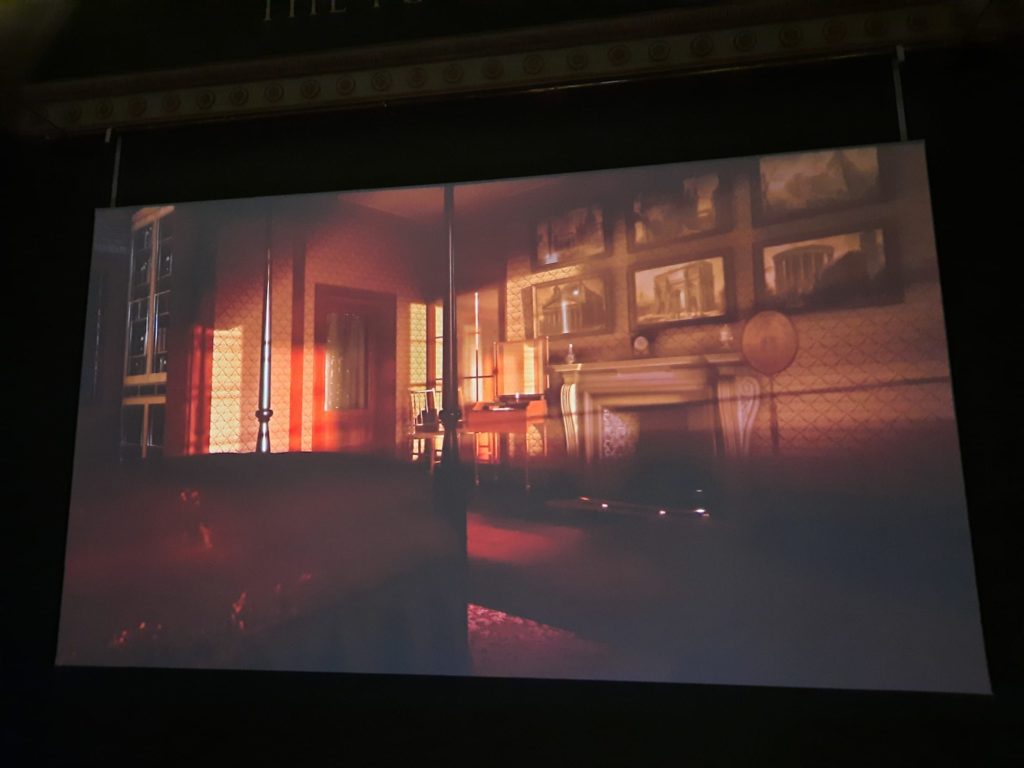
And The Rest
I really do enjoy Sir John Soane’s Museum, so couldn’t resist a quick opportunity to share it with you. Plus it’s so photogenic! Having last been here in late 2020, it was nice to see the museum a bit more free-flowing again. Tours are back, and there was an announcement just recently that pre-booked tickets are no longer necessary. Which is great, because it’s the sort of place that you might be inspired to pop into of a weekend if you’re around Lincoln’s Inn Fields.
And just before I finish up, there is one more temporary exhibition in addition to Hidden Masterpieces. Just near the central space overlooking the Egyptian tomb (if you’ve been here before this might make sense as directions), is a room containing an immersive film by Anne-Marie Creamer. Dear Friend, I Can No Longer Hear Your Voice accurately reconstructs the bedroom of Soane’s wife Eliza. She died suddenly in 1815, a tragedy that Soane never quite recovered from. The film uses CGI to recreate her bedroom, with a soundtrack of Soane’s own writings on grief. It’s really quite beautiful, but importantly also turns the museum momentarily back into a home. It’s such a formal space, with only the public rooms on view for the most part, that it’s easy to forget that that’s what it once was. This exhibition is also on until 5 June.
Trending
If you see this after your page is loaded completely, leafletJS files are missing.

